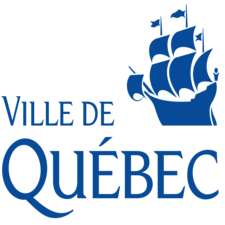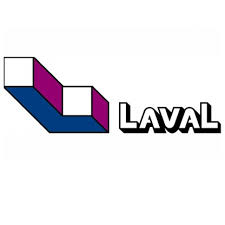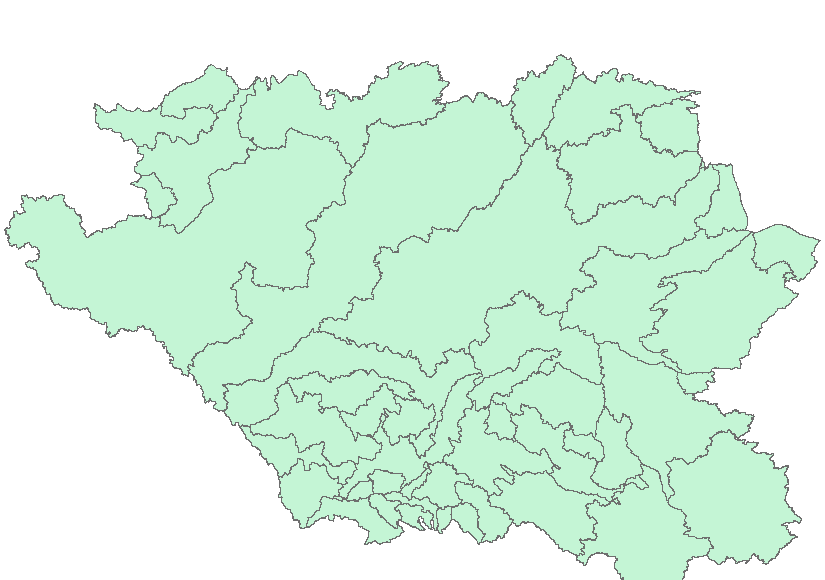Water
Type of resources
Available actions
Topics
Keywords
Contact for the resource
Provided by
Years
Formats
Representation types
Update frequencies
status
Service types
Scale
Resolution
-

Mapping of linear watercourses in the territory of Quebec City.**This third party metadata element was translated using an automated translation tool (Amazon Translate).**
-

The National Ecological Framework for Canada's "Land and Water Area by Province/Territory and Ecoprovince” dataset provides land and water area values by province or territory for the Ecoprovince framework polygon, in hectares. It includes codes and their English and French descriptions for a polygon’s province or territory, total area, land-only area and large water body area.
-

Mapping of open water courses located inside the islands of the Laval territory.**This third party metadata element was translated using an automated translation tool (Amazon Translate).**
-

Watercourses on the territory of the city of Lévis identified in the Regulation respecting land use planning and development plans (RV-2015-15-04) **This third party metadata element was translated using an automated translation tool (Amazon Translate).**
-
This product provides runoff data with each contour line corresponding to an average amount of annual runoff (in millimeters). Runoff data were derived from discharge values from hydrometric stations with natural flows. Not all years are included for every region of the country due to data quality and availability issues. Data cover the period 1971 to 2013 for the south and 1971 to 2004 for the north. These files were produced by Statistics Canada, Environment, Energy and Transportation Statistics Division, 2017, based on data from Environment and Climate Change Canada, 2015, Water Survey of Canada, Archived Hydrometric Data (HYDAT), www.ec.gc.ca/rhc- wsc/default.asp?lang=En&n=4EED50F1-1 (accessed December 3, 2015); Spence, C. and A. Burke, 2008, “Estimates of Canadian Arctic Archipelago runoff from observed hydrometric data,” Journal of Hydrology, Vol. 362, pp. 247–259. For more information about methods, results and limitations see Appendix D in Statistics Canada, 2017, “Freshwater in Canada,” Human Activity and the Environment, Catalogue no. 16-201-X. The purpose of the dataset is to present runoff values as derived from Statistics Canada's Water Yield Model on a national scale map of 1:32,000,000. This product is intended to be used for reference or mapping purposes. The product ends at the shoreline of Canada as defined by the drainage region boundaries supplied for drainage regions of Canada. It does not include the Arctic Islands.
-

The “Major Drainage Systems of the AAFC Watersheds Project - 2013” dataset is a geospatial data layer containing polygon features representing the three (3) major drainage system basins of the Agriculture and Agri-Food Canada (AAFC) Watersheds Project. The Project area has been split according into which body of water it drains: the Arctic Ocean, Hudson Bay or Gulf of Mexico.
-

The main objective of this sampling program was to assess the effects of the spill on the toxicity of surface water collected during the spill by comparing them with the results of water collected prior to the discharge.**This third party metadata element was translated using an automated translation tool (Amazon Translate).**
-

The “PFRA Sub-basins of the AAFC Watersheds Project – 2013” dataset is a geospatial data layer containing polygon features representing the 47 sub-basins within the Agriculture and Agri-Food Canada (AAFC) Watersheds Project, tailored for the Prairie Farm Rehabilitation Administration (PFRA) business needs.
-
This product provides runoff data with each contour line corresponding to an average amount of annual runoff (in millimeters). Runoff data were derived from discharge values from hydrometric stations with natural flows. Not all years are included for every region of the country due to data quality and availability issues. Data cover the period 1971 to 2013 for the south and 1971 to 2004 for the north. These files were produced by Statistics Canada, Environment, Energy and Transportation Statistics Division, 2017, based on data from Environment and Climate Change Canada, 2015, Water Survey of Canada, Archived Hydrometric Data (HYDAT), www.ec.gc.ca/rhc- wsc/default.asp?lang=En&n=4EED50F1-1 (accessed December 3, 2015); Spence, C. and A. Burke, 2008, “Estimates of Canadian Arctic Archipelago runoff from observed hydrometric data,” Journal of Hydrology, Vol. 362, pp. 247–259. For more information about methods, results and limitations see Appendix D in Statistics Canada, 2017, “Freshwater in Canada,” Human Activity and the Environment, Catalogue no. 16-201-X. The purpose of the dataset is to present runoff values as derived from Statistics Canada's Water Yield Model on a national scale map of 1:32,000,000. This product is intended to be used for reference or mapping purposes. The product ends at the shoreline of Canada as defined by the drainage region boundaries supplied for Map 1.1 Drainage regions of Canada. It does not include the Arctic Islands. Users are responsible for verifying that the product is appropriate for their intended application.
-

This set presents the geolocation as well as general information [of retention basins] (https://montreal.ca/articles/ouvrages-de-retention-limiter-les-rejets-deaux-usees-14459) on the Montreal territory whose construction has been completed.**This third party metadata element was translated using an automated translation tool (Amazon Translate).**
 Arctic SDI catalogue
Arctic SDI catalogue